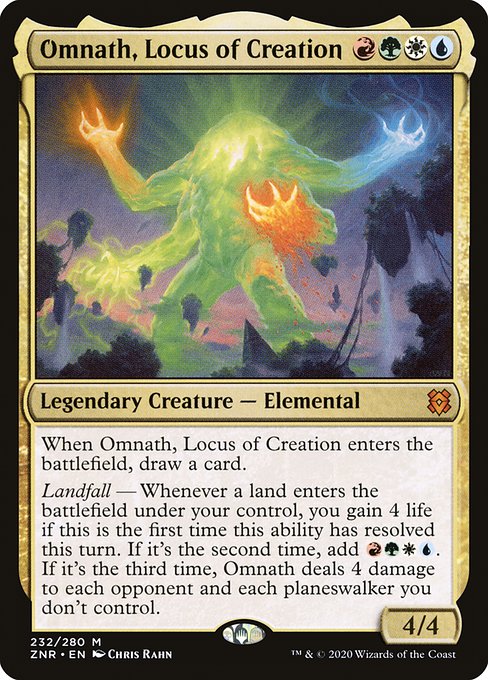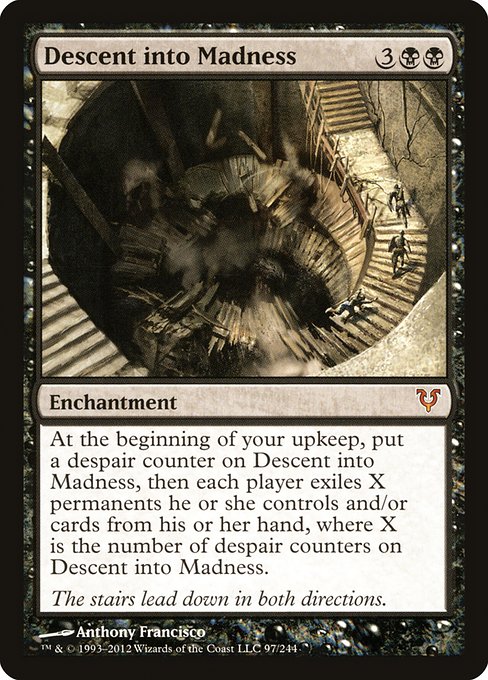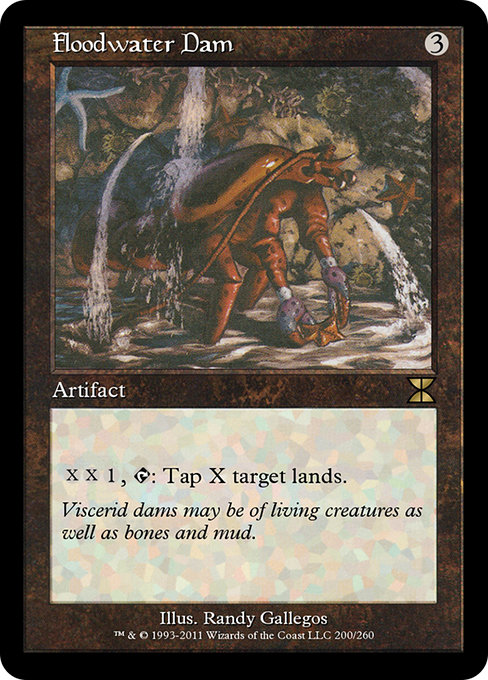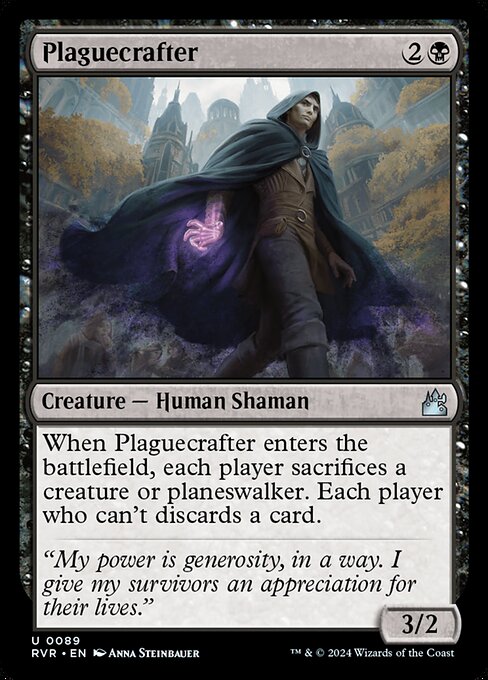For the moment, Magic is in a brief lull. The now-annual tradition of a heavily-stuffed summer release schedule is complete, and the apparently-monthly additions to the Standard banned list have met their fate. Looking ahead, there isn’t another release scheduled until Commander Legends over a month from now (at least until yesterday’s announcement that Kaladesh Remastered releases on Arena on November 5th).
This is arguably the first break of pandemic-era Magic. It’s an opportunity to take stock of where things stand. Setting the pandemic aside, this has been a year of massive change for Magic. The game’s business model was already shifting before the pandemic and many of these new directions were likely beneficial within it. White’s longstanding issues in Limited have been addressed. Magic’s bizarre State of Design and the absence of a Play Design column have rendered Wizards, a company that had been refreshingly transparent in may ways, more opaque. And there is, of course, the big elephant in the room.

The Tattered Flagship
Standard has been wracked with bans. When Zendikar Rising released, more cards were banned in Standard than ever before. More cards have been banned in the past past year than in the previous fourteen. Each card banned increases the odds of more bans. Set-selling mythics like Omnath, Locus of Mana and Oko, Thief of Crowns are getting axed within weeks of release. What happened, and how does Magic navigate itself out of this quagmire?

Always Shifting, Always the Same
For many, many years, Standard balance was maintained via the Escher stairwell. Power level was kept fairly constant from year to year, growing with each release and falling with each rotation. However, the illusion of constant power increase was created by raising the potency of certain effects and calling attention to them, while simultaneously diminishing power where attention wasn’t focused. This illusion was essential, since players need to be excited about each release and power tends to excite players.
This balance was intentionally upset thrice in the past five years. Standard’s power level was decreased in the Battle for Zendikar through Ixalan era. It was brought back up during the brief window of Dominaria and Ravnica Allegiance, then continued to be increased with War of the Spark and Throne of Eldraine. Deviating from overall power level creates instability, since sets post-change that are stronger than those around them dominate Standard (and Standard ban lists), while weaker sets struggle to have an impact. Both of these deviations have spawned unstable, ban-rife Standard formats. Both situations lasted long enough to create a new equilibrium, so readjusting power level necessitated further instability (or a very gradual fixing of the imbalance).

Raising power is easier than dropping it
It’s almost certainly easier to fix Standard when the power level is too low. Wizards can print better threats and answers. There isn’t a need to create an illusion of things being stronger because cards are stronger. That’s what Play Design did with Dominaria, Guilds of Ravnica, and Ravnica Allegiance. The challenge here is stopping short of rampant power creep.
When the power level is too high, the solutions aren’t as clean. When Mirrodin and Darksteel broke Standard in 2004, Magic banned nine cards and dropped the power level of Kamigawa block. Combined with unchecked complexity in Time Spiral and Lorwyn, Magic was damaged. This is the same approach Magic took in the wake of Urza’s Saga—ban eight cards and create the unpopular, underpowered Masques block. While these approaches might have served Magic well in the long run, they led to serious issues with player retention.

Lowering power level safely
One fix to an overpowered Standard is a gradual reduction in power. Bans will likely still be needed as power slowly drops to a healthier level, but sets won’t suffer from being obviously watered down. This could be the approach Play Design is taking, but given that Throne of Eldraine was seen as having an acceptably high power level, such course corrections likely wouldn’t be seen until Kaldheim this winter. There’s also the problem that even reducing the number of bans by half would still make 2021 one of the worst years for banning ever—ten cards have been banned in 2020 and the Companion nerf effectively banned all but Yorion and Lurrus.
Another solution is to do nothing. Perhaps Standard bannings don’t have a net negative effect on consumer habits. Increased flexibility with bans makes Standard more dynamic and keeps formats from getting stale. This especially makes sense considering how Covid-19 has forced all competitive play onto Arena, where Standard is cheap and compensation wildcards are free. It’s far-fetched to imagine players will spend hundreds of dollars on paper Standard decks that remain legal only for a few weeks, or that players will crack boosters en masse when they’ve been rendered as valuable as Dragon’s Maze by bans. But perhaps the pandemic and bans have hastened a digital trend that was always going to happen.

A Unique Option
Perhaps Arena and the pandemic hold the key. With paper play temporarily offline and the ban hammer thoroughly greased, Wizards could do something it never could do normally—immediately force Standard’s power down with a slew of bans.
Let’s say Kaldheim and Strixhaven are more akin to Guilds of Ravnica’s power level than Ikoria or Theros Beyond Death. Normally, this would lead to Standard being dominated by cards from 2020’s and 2021’s sets being underplayed. But with so many cards already banned, Wizards could wipe the slate clean and retroactively make 2020 full of Kamigawas and Masques. We’ll see how post-Omnath Standard shakes out, but given that Escape to the Wilds was a reasonable ban and Growth Spiral was banned a month before rotation (with no remaining tournaments) just to shake things up, would it be so crazy for cards like Lovestruck Beast, Kroxa, Titan of Death’s Hunger, Shark Typhoon, and Winota, Joiner of Forces to be booted out so that Magic can immediately settle into a more balanced power level? After all, those cards have found homes in nonrotating formats.
This option comes with risks—at some point, the overwhelming number of bans is likely to convince players to abandon ship. But right now, with Arena temporarily the home of almost all Magic and bans a regular feature of the game, there may never be a less damaging time to ban another five or ten cards and start fresh.
Zachary Barash is a New York City-based game designer and the commissioner of Team Draft League. He designs for Kingdom Death: Monster, has a Game Design MFA from the NYU Game Center, and does freelance game design. When the stars align, he streams Magic (but the stars align way less often than he’d like).

